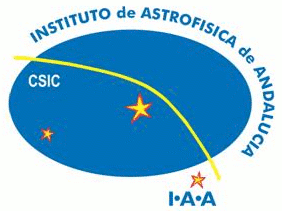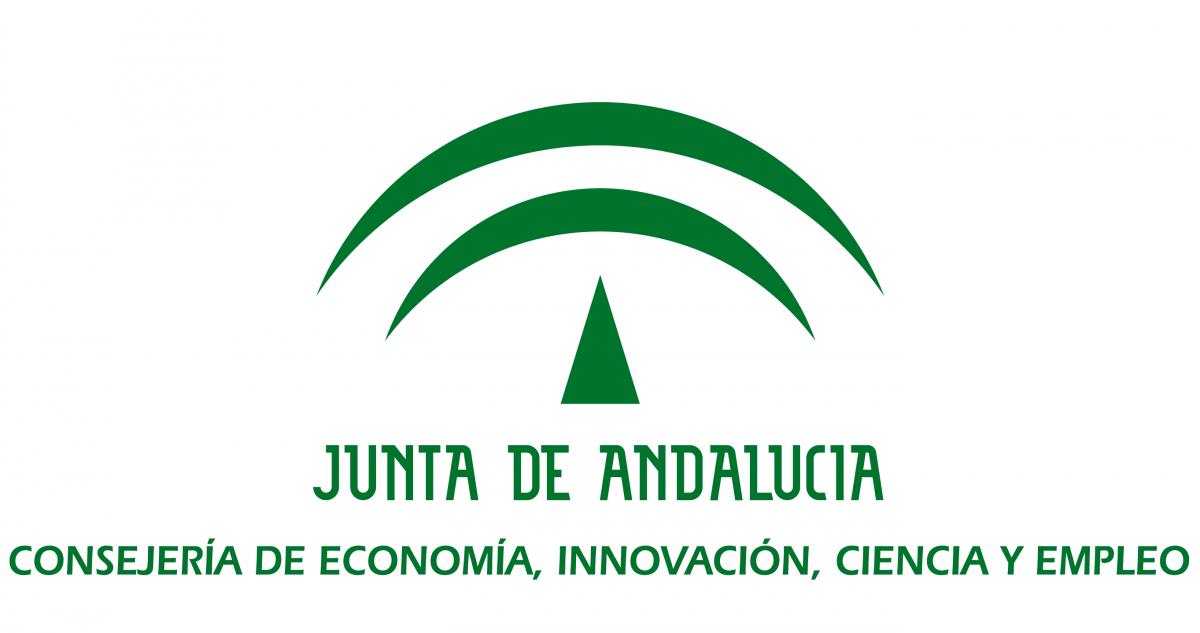June, 6-8, 2017
Questions in data analysis involving the concepts of time and measurement are often pushed into the background or reserved for a philosophical discussion. Some examples are:
-
Is causality a consequence of the laws of physics, or can the arrow of time be reversed?
-
How can we determine temporal asymmetry (the “Arrow of Time”) in time series data?
-
Do we need the continuum hypothesis for the underlying function in any measurement process?
-
Can we say anything about the analyticity of the underlying process of an event?
-
Would it be valid to model a non-analytical process as function of time?
-
What are the implications of all these questions for classical Fourier techniques, expansions in other basis functions, and for time-domain models?
However, in the age of big data gathered either from space missions supplying ultra-precise long time series, or e.g. LIGO data from the ground, the moment to bring these questions to the foreground seems arrived.
The limitations of our understanding of some fundamental processes is emphasized by the lack of solution for problems open for more than 2 decades, such as the non-detection of solar g-modes, or the modal identification of main sequence stellar pulsators like delta Scuti stars.
Flicker noise or 1/f noise, for example, attributed in solar-like stars to granulation, is analyzed mostly only to apply noise reduction techniques , neither considering the classical problem of 1/f noise that was introduced a 100 years ago, nor taking into account ergodic or non-ergodic solutions that make inapplicable spectral analysis techniques in practice. This topic was discussed by Nicholas W. Watkins during the ITISE meeting held in Granada in 2016. There he presented preliminary results of his research on Mandelbrot’s related work. We reproduce here his quotation of Mandelbrot (1999) “There is a sharp contrast between a highly anomalous (“non-white”) noise that proceeds in ordinary clock time and a noise whose principal anomaly is that it is restricted to fractal time”, suggestying a connection with the above proposed topics that could be phrased as the following additional questions:
-
Is self-organized criticality (SOC) frequent in astrophysical phenomena?
-
Could all fractals in nature be considered stochastic?
-
Could we establish mathematical/physical relationships between chaotic and fractal behaviours in time series?
-
Could the differences between fractals and chaos in terms of analyticity be used to understand the residuals of the fitting of stellar light curves?
In this meeting we would like to approximate these problems from a holistic and multidisciplinary perspective, taking into account not only technical issues but also the deeper implications. In particular the concept of connectivity (introduced in Pascual-Granado et al. A&A, 2015) could be used to implement, within the framework of ARMA processes, an arrow of time, and so studying the possible implications in the concept of time as envisaged by Watkins.







